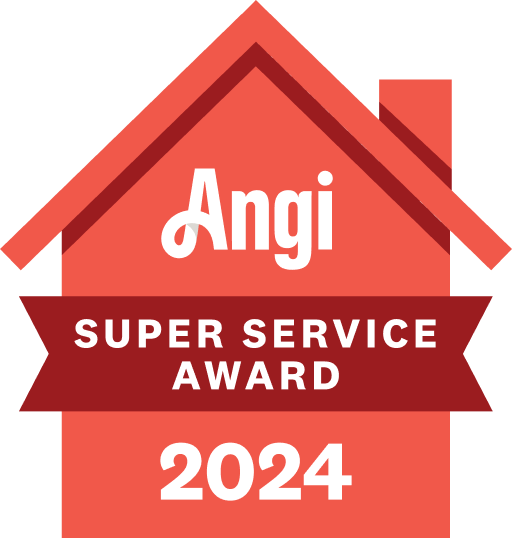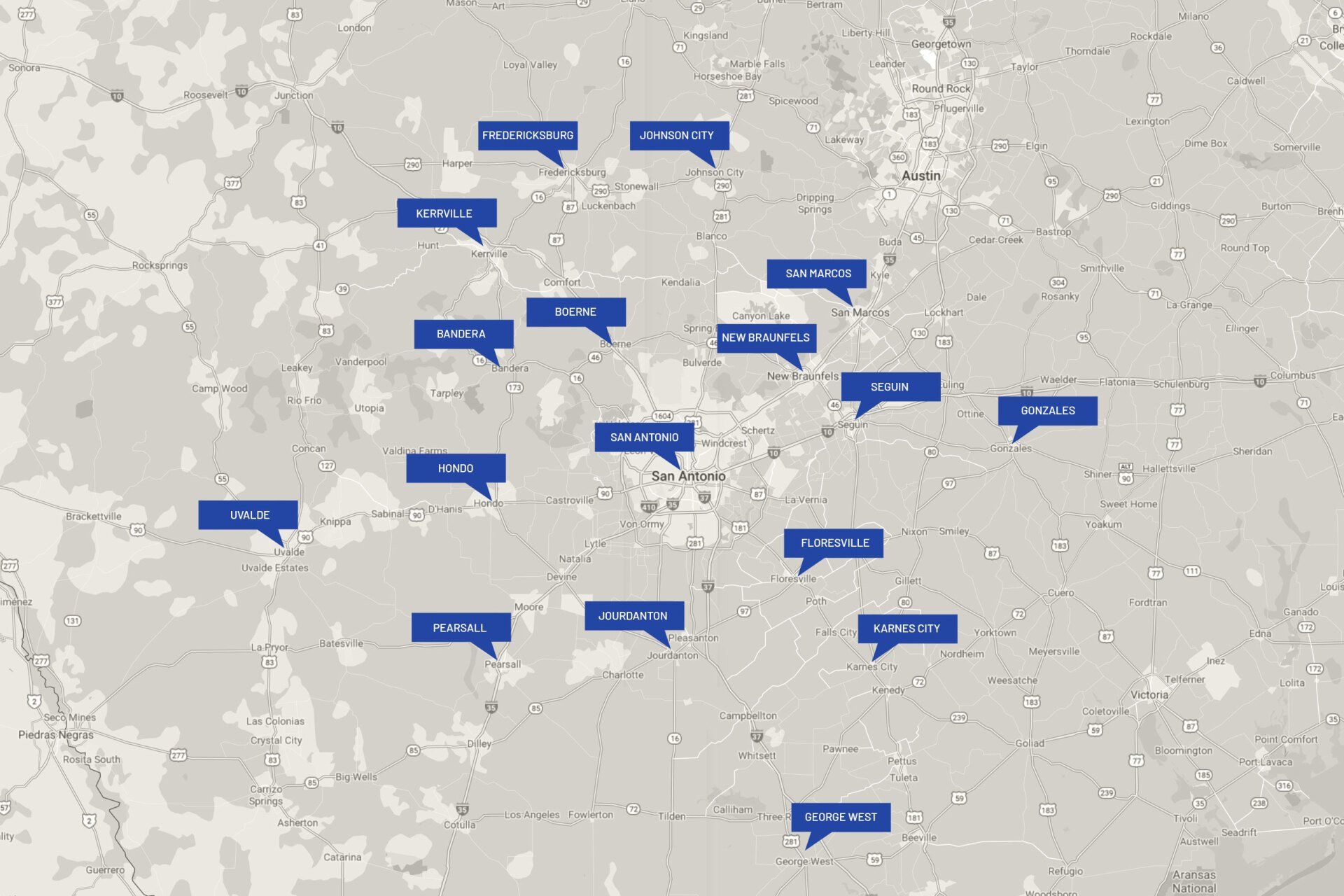HOUSE LEVELING PERCENTAGES – WHAT DO THEY MEAN?
Understanding Acceptable House Leveling Percentages: A Guide to Foundation Stability
Your home's foundation is its literal base, and any issues with it can lead to a cascade of problems throughout the entire structure. One common issue many homeowners face is foundation settling, which can result in uneven floors, cracks in walls, broken plumbing lines and other structural and costly concerns. House leveling is a crucial process to address such issues, but what exactly are acceptable percentages for house leveling? In this guide, we'll delve into the concept of house leveling percentages to help you better understand what is considered acceptable and what to expect when addressing foundation stability.
What is House Leveling? House leveling, also known as foundation leveling or foundation repair, is the process of restoring a home's foundation to a level and stable position. This is typically done by adjusting or reinforcing the foundation to correct any settlement or unevenness.
Acceptable House Leveling Percentages: When it comes to house leveling, the goal is to achieve a level and (at minimum) a stable foundation. However, it's essential to understand that achieving perfect levelness may not always be feasible or necessary. Acceptable house leveling percentages can vary depending on factors such as the type of foundation, the severity of the settlement, and structural engineering standards. Generally, acceptable house leveling percentages fall within the range of 0.1% to 1%.
Here's a breakdown of what these percentages mean:
- Minor Settlement (0.1% to 0.25%): Minor settlement is common in many homes and may not always require extensive repair. Settlement within this range typically results in minor cosmetic issues such as small cracks in walls or uneven floors. While it may not be visually noticeable, it's still essential to address minor settlement to prevent further deterioration.
- Moderate Settlement (0.25% to 1%): Moderate settlement may require more extensive house leveling measures to correct. At this level, you may start to notice more significant signs of foundation issues, such as noticeable sloping floors or larger cracks in walls. While moderate settlement is still manageable, it's crucial to address it promptly to prevent further structural damage.
- Severe Settlement (1% or more): Severe settlement poses a significant risk to the structural integrity of the home and requires immediate attention. At this level, you may experience significant structural issues such as doors and windows sticking, extensive cracking in walls and floors, and even potential safety hazards. Severe settlement often requires comprehensive foundation repair techniques to stabilize the structure and prevent further damage.
How do these figures translate to my home or structure?:
- Although many industry experts use percentages as a guideline, property owners may be more familiar with terms such as "inches of variance" to interpret settlement. Depending on the distance of settlement (and type of elevation change - tilt or deflection) and the amount of elevation lost in that distance is the main calculation of what is considered "acceptable" and within a tolerable variance.
- A second factor that is important is measurement changes over an appropriate time gap. For instance, you may be experiencing wild cosmetic changes during seasonal weather changes, however your high and low measurement changes over seasons may be relatively consistent. Expansive soils in the south-central Texas landscape could be the main contributor and stabilization may be an option for you. If over time you are experiencing a net loss, foundation repair could prevent future damages that can be very costly if not attended to.
- Factors Influencing Acceptable House Leveling Percentages: Several factors can influence what is considered acceptable in terms of house leveling percentages:
- Type of Foundation: Different types of foundations, such as slab-on-grade, pier and beam, or basement, may have different acceptable tolerances for settlement.
- Soil Conditions: Soil composition and moisture content can significantly impact the stability of a foundation. Certain soil types, such as expansive clay soils, are more prone to causing foundation settlement.
- Structural Engineering Standards: Building codes and structural engineering standards may dictate acceptable tolerances for foundation settlement in your area.
Understanding acceptable house leveling percentages is essential for homeowners facing foundation settlement issues. While achieving perfect levelness is never possible, and is not always necessary, addressing settlement within acceptable tolerances is crucial for maintaining the structural integrity and safety of your home. If you suspect foundation issues, it's essential to consult with a qualified foundation repair specialist to assess the situation and determine the best course of action to restore your home's stability.
Your local San Antonio team at Risen Foundation Solutions will inspect your foundation to determine the settlement percentages and how they affect your home that you are looking to purchase or sell. Remember, timely intervention can help prevent further damage and costly repairs down the line, ensuring your home remains a safe and comfortable place for years to come.
Call your local foundation repair team at Risen Foundation Solutions to evaluate your foundation settling concerns at 210-796-6372. Risen Foundation Solutions repairs foundation in the local San Antonio area.
















